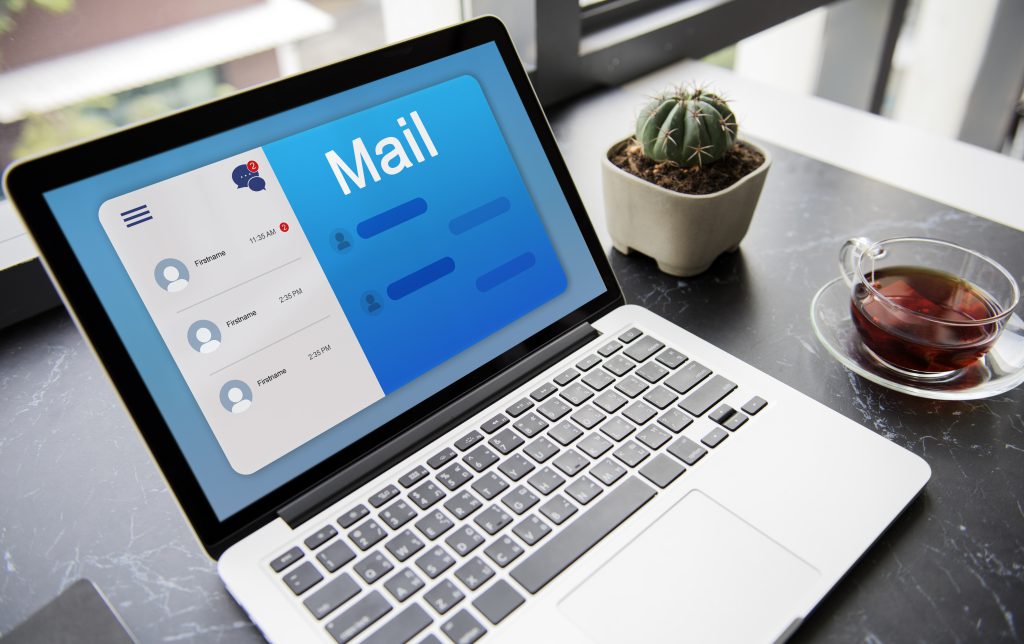Introduction
If you don’t hit that ball, you waste every spent warming up your arms or legs. As you never even get a chance to play, let alone win. So, in this sense, an email is like that ball; they just have to be there to play. The success of your email campaigns depends entirely on whether they the recipient’s inboxes. Hence, the primary aim of evaluating the success of our email campaigns is landing in recipients’ inboxes. This aspect is called the email deliverability , Furthermore we shall discuss it in this blog.
What is email deliverability?
Simply put, it defines how many incoming emails get into a subscriber’s inbox instead of going into the junk folder. People who send emails pursue high deliverability as one of their many objectives. This goal makes sense only when other parameters such as open and clicks , have meaning. Marketers confuse email delivery and email deliverability, but they are different.

What is email delivery?
Email delivery refers to whether your email gets to the recipient’s mailbox that you sent it to, whether in trash or spam.
Email delivery entails the interaction between sending and receiving servers. Specifically the receiving servers determines whether to accept or reject the incoming mail . Its principal aim is to ensure that messages are sent on time, without delays or bouncing away.
What Is the Difference Between Email Delivered and Sent?
Most individuals get worried when their letter has been dispatched but it does not arrive. Therefore, briefly speaking, sent emails represent the sender’s confirmation that they have dispatched a message. Meanwhile, the “Delivered” status signifies that the recipient’s post office server has replied positively to the request for delivery.
Below are the main factors that affect both:
Email Delivery
- ISPs and MTAs
- Email server configuration and loads
- The status of an IP address
- Hardware malfunction
- Bounce rates (soft bounces and Hard bounces)
- Irregular list hygiene Email Deliverability
Email deliverability
- Sender’s reputation
- E-mail Authentication (SPF, DKIM, DMARC)
- Quality and relevance of content
- Engagement rate
- Poor segmentation
- Bad mailing list quality
- Inadequate email volumes
Impact on Email Campaign Performance
Email Delivery
With a continuing decrease in your email delivery rates, major ESPs will view it as a sign of a bad marketing strategy. Consequently, they may consider it spam.
As a result, even when you aim for the inboxes of your most devoted and interested clients. Your messages might end up in spam folders. Low deliverability scores would adversely influence engagement rates, click-through rates (CTRs), and ultimately sales if that weren’t enough. Thus, effective email delivery is essential for campaign success. However, it is only one component of the bigger puzzle.
Email deliverability
Email deliverability refers to the way through which emails:
- Reach targeted audiences
- Increase engagement rates
- Enhance and safeguard the sender’s reputation
- Cut down on marketing efforts and resources
- Achieve key email marketing KPIs.
In simple terms, individual metrics serve different purposes, but when synchronized perfectly, they can boost a campaign significantly.
Optimization strategies for both Email delivery & email deliverability
To comply with the CAN-SPAM Act guidelines or other applicable laws.
The CAN-SPAM Act regulates commercial electronic mailings and allows recipients to unsubscribe. Therefore, your emails should comply with email rules to avoid penalties. Additionally, following these rules helps maintain good mailing habits and a proper reputation as a sender.
Setting up the right domain authentication.
This is where you configure your domain authentication protocols, such as SPF, DKIM, and DMARC. by doing so, you verify your emails and help prevent them being marked as spam.
SPF ensures that your email came from an authorized server. DKIM gives a digital signature to authenticate an email message. And DMARC lets you specify how methods of Internet Service Providers should handle unauthorized emails.
Choose the right email protocols.
SMTP, POP3, and IMAP serve like unsung heroes over email terrain. Each of these protocols has distinct purpose. That its job behind the scenes whenever you send out information through a button box on your computer’s keyboard. However, which is better – IMAP vs. pop3 or IMAP vs. SMTP – depends entirely on what you want to achieve with online correspondence characteristics.
Keeping clean email lists regularly
Therefore, regular cleaning of inactive and spam-based requests ensures that only valid and involved members receive all electronic messages sent by you via any other mail provider than Microsoft. For instance, finding invalid or inactive accounts may decrease bounce rates, thus raising senders’ reputations. Also, deleting unengaged users helps increase the open rate, reducing the chances of marking them as spam.
Regular checking email deliverability:
Checking mailbox deliverability tests combined with inbox placement rates can help one know what kind of processes company/service providers use in their emails. And pinpoint possible shortcomings.
Ensure High Deliverability with Email Verification
Test Your Emails for Deliverability Issues
Conclusion
Email deliverability tools available for high-quality monitoring swiftly assess your inbox positioning rates. They help you to run into diverse matters with your messages content preferences. And monitor approach associated with your reputation as a sender. So, to ensure you’re addressing the right issue, consider that delivery and deliverability issues have different causes. Therefore, strategies for addressing them must be tailored accordingly. With careful attention to time allocation and focusing on the right thing to say when everything else is wrong.
FAQ
What distinguishes between email deliverability and email delivery rates?
Two main terms must not be ignored. Let’s see how they rate against each other:
On one hand, we have an email delivery rate that shows a percentage of messages successfully sent to the recipient’s server. This is calculated using (sent emails-bounced emails)/(sent emails) × 100. However, when we talk about email deliverability , it refers to percentage of those delivered emails. That landed into recipients inbox instead create folders such as spam − in such case it looks like (inbox emails/delivered emails) × 100.
What are the reasons that my emails might end up in the spam folder?
Most messages become junk because of spammy language usage, faulty sender or IP reputation, and poor email authentication.
Factors influencing the situation include increased bounce rates and directing messages at incorrect passages.
What is the recommended cleaning frequency for an email list to ensure optimal delivery?
It’s a good practice to clean your email list every three to six months to keep your delivery rates high. One can simplify everything by consistently getting rid of grabber email addresses or those without engagements. This helps in reducing bouncing rates and complaints about spam.
What actions should I take if there are declining trends in my email deliverability rate?
A drop in your deliverability rate can be rectified through email content modification and enhancement. And ensuring proper domain name authentication. It would also require slowly warming up the IP address and seeking a stronger opinion about the sender. In addition, you should avoid actions that target those who haven’t achieved their goals. Such as cleaning mailing lists and monitoring engagement metrics. Instead, focus on identifying problems before they develop into major issues.
James P. is Digital Marketing Executive at MyEmailVerifier. He is an expert in Content Writing, Inbound marketing, and lead generation. James’s passion for learning about people led her to a career in marketing and social media, with an emphasis on his content creation.
